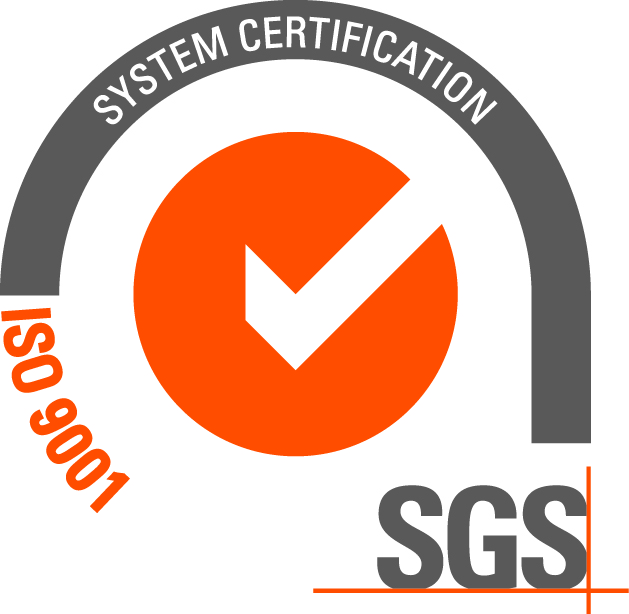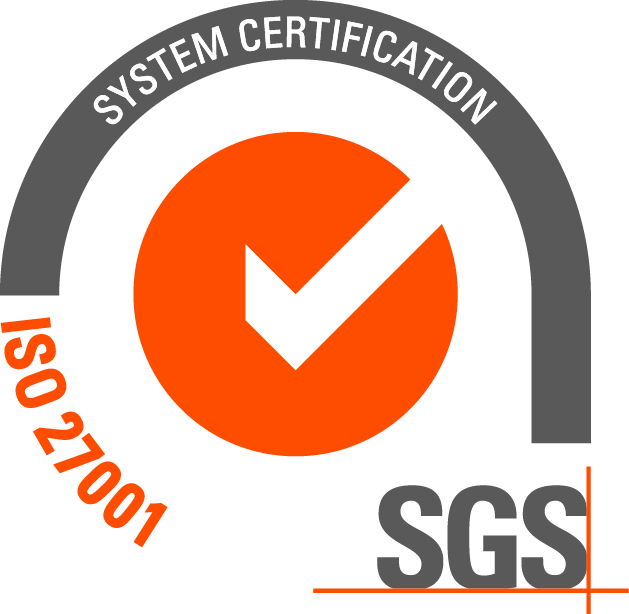Risks and contingencies are factors that surround us and that must be managed correctly. This is not part of a pessimistic mentality, it is a reality that shows us that in the case of floods due to rain, like what happened in the last flood wave, more than two million Colombians were affected, mainly in the departments of Atlántico, Bolívar , Magdalena, Córdoba, Sucre and Chocó among others.
Another growing risk is fires and if the case of the United States is analyzed where 80% of these are produced in homes due to the high consumption of energy, in Colombia the panorama does not exempt us from getting rid of these kind of problems.
Emerging markets are being targeted by the Risk Classification Agency, and it is expected with optimism that the hectic economic agenda will not affect the national insurance industry and therefore the sale of insurance products will increase.
According to The Colombian Association of Insurance, in the first quarter of 2012, the payment for claims generally grew at rates greater than the premiums, with a greater impact on the Damages as a result of the payment of compensation for the flood wave, and the Guaranteed contracts with surety products. In the branches of the Social Security, the increase in the payments of claims of the pension insurance of disability and survival stands out. In this sense, payments for claims amounted to $ 7.3 trillion, with the Automobile, Occupational Hazards and Pension Funds sectors being the ones with the highest loss ratios. In terms of technical reserves, resources that insurance companies have to deal with the insured's claims, the industry reached $ 25.6 billion, 10% more than in 2011, which reaffirms its strength.
Tell us what you do and we will tell you what risk may affect you?
There are five classes of risks stipulated by the insurance industry. Those provoked by Nature (Earthquakes, hail ...), Biological (Viruses, food ...), Technological (chemical, physical, nuclear, technical ...), derived from Social Activities (ranging from the maintenance of equipment, to the practice of a sport) and for anti-social activities (terrorism, sabotage ...); a whole group that policy experts have studied, in order to raise awareness among entrepreneurs about the importance of effectively managing them and thus protecting their assets.
"The hazards can act from outside a company, can materialize in the company itself or can come by threats arising from its operation. The insurers' job is to measure the financial impact of the losses resulting from exposure to risk, which weighs on the assets of the company, "says Gustavo Rojas Legal and Risk Manager of Correcol.
To evaluate the scenarios of possible losses, a classification is made according to their probability, classifying them as follows: Impossible (Very difficult to occur: 0.0001 cases / year, Unlikely (Very low possibility: 0.001 cases / year Remote (Limited possibility of occurrence: 0.01 cases / year), Occasional (has occurred a few times: 0.1 cases / year (1x10-1), Moderate (Has occurred several times, 1.0 cases / year and Frequent (High possibility of occurrence: 10. Cases / years.
In Correcol in particular, the trend of customers shows that most policies are issued.
BENEFITS OF THE IMPLEMENTATION OF THE RISK MANAGEMENT PROCESS
If Risk Management is understood as a strategic decision for the organization, it is natural that its implementation is translated into a series of benefits, evaluated from the perspective of the objectives achieved for the company, these are:
• The influence of undesirable factors is reduced.
• Encourages proactive management. The performance of the organization is aimed at preventing risk from its origin.
• Compliance with legal and regulatory requirements, as well as international standards.
• Clear and precise knowledge of the factors of uncertainty that can affect the achievement of objectives, which result in the reputation of the organization.
• Establishes a reliable basis for decision making and planning, due to the fact that the company already knows the risks that surround it.
• Improves efficiency and operational efficiency, given that the margin of "unforeseen events" is reduced.
• Minimizes losses.
• Improves organizational learning.
• Supports the process of training of its people, to the extent that risk management should become a feature of the organizational culture
• Supports social responsibility in the organization. In this sense, organizations have the opportunity to turn risk management into a tool more at the service of their commitments to social responsibility.
Correcol S.A. S.A., has been the largest 100% Colombian capital insurance broker in the national insurance industry for many years. Through its team of highly qualified officials in different disciplines, added to a set of strengths and with a solid state-of-the-art technology, it achieves a clear vocation to provide the best service and focus all efforts to offer optimal protection to assets and interests of its clients



















